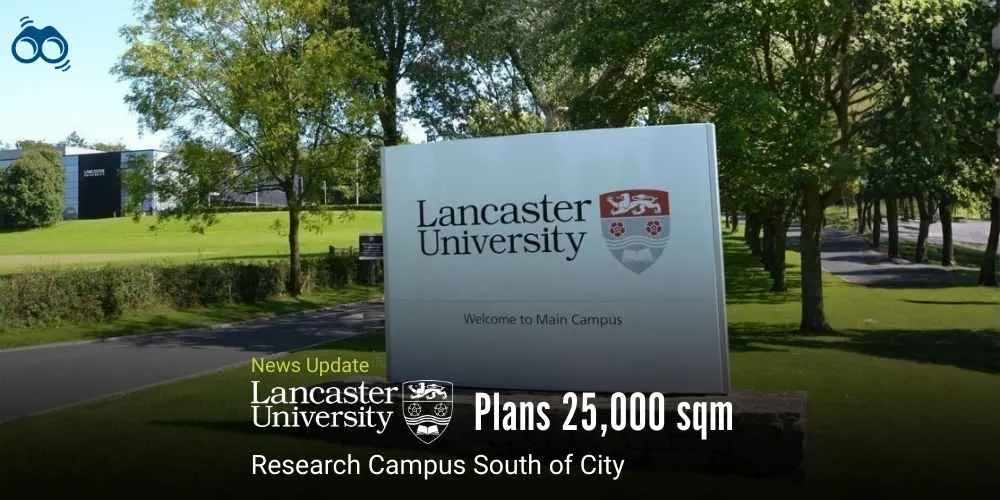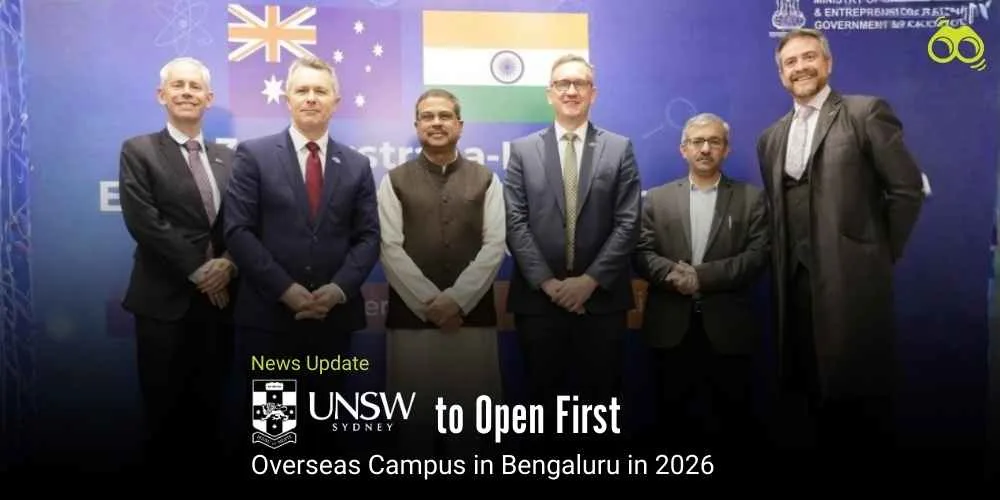Education as Strategy: How China is Shaping the Future of Innovation
Rising STEM Power: China Doubles US PhD Output in Engineering and Science
China’s strategic emphasis on education, particularly in science, technology, engineering, and mathematics (STEM), is reshaping the global landscape of talent and innovation. Recent data indicates that Chinese universities are producing significantly more PhD graduates in STEM fields than their US counterparts, emphasising a widening gap in the cultivation of skilled professionals. This trend reflects China’s focused policies aimed at aligning education with its long-term national development goals.
Although comparing education systems across countries is challenging due to differing definitions of STEM fields, official statistics highlight China’s dominance in this domain. The nation’s strong policies—focusing on STEM education, extensive research funding, and structured talent development—stand in stark contrast to the United States’ struggles to build a sustainable STEM workforce. Stephen Ezell, Vice-President for Global Innovation Policy at the Information Technology and Innovation Foundation (ITIF), warned that America’s lack of STEM talent presents a national security concern, with a projected shortfall of 3.5 million STEM workers by 2025.
In 2022, Chinese universities awarded over 50,000 STEM doctorates, marking a 13.7% increase from 2021. Engineering accounted for 59.1% of this output, followed by science at 33.5% and agriculture at 7.4%, as reported by the Ministry of Education. In contrast, the US granted nearly 34,000 STEM PhDs in 2022, reflecting a 12% growth from 2021, according to the National Centre for Science and Engineering Statistics, with these numbers remaining static into 2023.
Jacob Feldgoise, an analyst at Georgetown's Centre for Security and Emerging Technology (CSET), emphasised that China’s larger population inherently makes it difficult for the US to compete on numbers alone. In 2024, Chinese public universities enrolled approximately 39 million students, while US universities had just 19.28 million students. The gap in STEM PhD production has grown since China first overtook the US in 2007, doubling its output by 2022, compared to a 41% growth in the US. Feldgoise asserted that attracting and retaining foreign talent is vital for the US to maintain competitiveness in critical industries such as artificial intelligence (AI), semiconductors, and electric vehicles.
Higher education institutions play a pivotal role in nurturing talent and driving research. While China has consistently boosted funding for universities and research, the US has faced challenges, including federal funding freezes, such as the $2.2 billion withheld from Harvard over allegations of antisemitism, which the university denies. Similar freezes were reported at Cornell and Northwestern, adding to the obstacles faced by US institutions.
Ezell further noted that China’s expanding STEM research capacity might enable it to surpass the US in strategic technologies if US funding challenges persist. Although Chinese universities now produce more top-rated research in mathematics and computer science, their quality still lags behind US institutions, which excel in both quantity and quality. In AI research, Chinese researchers accounted for 28% of global publications between 2018 and 2023, compared to 16% for the US. However, US articles received nearly twice as many citations, demonstrating superior impact and quality.
These developments underline the intensifying global competition for technological dominance. Wen, a professor at Tsinghua University, emphasised that higher education has become an instrument for advancing national agendas. As innovation increasingly drives economic competitiveness, talent development remains at the centre of the China-US rivalry. China’s robust education policies and its focus on STEM talent are positioning the nation as a global leader, while the US must address its challenges to remain competitive in this critical race.
Editor's Note:
China's focused investment in STEM education demonstrates the transformative power of aligning national policies with long-term developmental goals. Recent data shows China has surpassed the US in producing STEM PhD graduates, reflecting the country’s strong policies in education, research funding, and talent development. Meanwhile, the US faces challenges, including a projected shortage of 3.5 million STEM workers by 2025 and funding cuts to top universities, which could hinder its competitiveness in critical sectors. Its emphasis on funding research, building a strong talent pipeline, and fostering innovation has set a benchmark for global competitiveness. India, with its rich intellectual potential and growing youth population, could adopt several aspects of this strategy to elevate its education system and drive economic growth. Creating dedicated programs to encourage doctoral studies in engineering and science could help bridge talent gaps in critical sectors like artificial intelligence, semiconductors, and renewable energy.
According to Skoobuzz, China's ability to integrate education with national development goals presents a model worth examining for other nations, including India, which can use similar strategies to cultivate skilled talent and fuel economic growth.














0 Comments (Please Login To Continue)